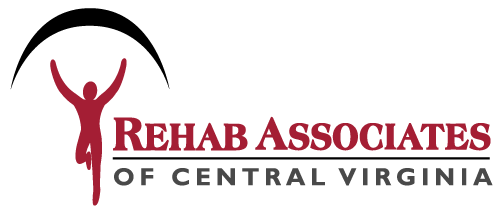
Morning pain and stiffness keeping you down?
Do you struggle to get out of the bed in the morning because of arthritis pain and stiffness? Does a friend or significant other have to help you get out of a chair after sitting for prolonged periods of time? If so, you may be dealing with the secondary effects of osteoarthritis. The good news is this stiffness and pain can be lessened with the help and education provided by a physical therapist in your community.
Osteoarthritis is the most common joint disorder currently affecting over 27 million Americans1. Normally, the joints in your body have bones that are surrounded by cartilage, which provides cushion and protection for easier movement. In a person who has osteoarthritis, the cartilage that surrounds the bones begins to break down and can no longer provide that cushion and protection causing the bones to rub against each other producing pain, stiffness, and decreased range of movement. As this gets worse, the loss of motion in the joint can cause the surrounding muscles, tendons, ligaments, and other tissues to loss their strength and flexibility causing even more pain and stiffness with simple daily tasks.
Although physical therapy cannot cure osteoarthritis, what we can do is evaluate and create an individualized treatment plan to address your specific goals, functional limitations, and impairments. Physical therapists are “movement specialists” and our goal is to get you back to a point where you can perform your daily tasks with less difficulty. To do this, we use many different techniques that are tailored to each individual person based on his or her own specific needs.
Preserving good range of motion is very important in a joint where osteoarthritis is present2. We can perform and teach range of motion and joint mobility techniques that occur in a safe range and will not further harm the joint to gain back that lost movement. Muscle strengthening is also another key feature that needs to be addressed by your physical therapist. It is important to strengthen the muscles surrounding the arthritic joint for protection and for muscular support during your daily activities. Other important tools physical therapists can utilize are education about appropriate assistive devices like canes or walkers and techniques to address difficulty with balance to decrease your risk of falling. When a joint has deteriorated, many factors including decreased movement, decreased strength, and decreased joint awareness can cause you to feel unsteady and less secure on your feet, which increases your risk for falling. Physical therapy can address these balance deficits and get you safer and more confident when performing your daily tasks.
If daily pain and stiffness are keeping you down or limiting you from enjoying your daily activities, consider scheduling an appointment with a skilled physical therapist in your area.
Schedule an appointment at one of our 10 facilities, nearest to you, to see one of our licensed Physical Therapists with or without a doctor’s prescription. Together, we will develop a full plan of care to address your limitations.
Contributed by: Catherine Beuerle, PT, DPT, OCS
For more information on how you can be assessed or if you would like a free 10-minute consultation over the phone to determine what services are right for you, call 1-855RACV4PT today!
“We are Physical Therapy…Our Goal is Your Success!”
For personal review, check out these articles:
- http://www.ncbi.nlm.nih.gov/pubmed/22632703
- www.webmd.com/osteoarthritis
